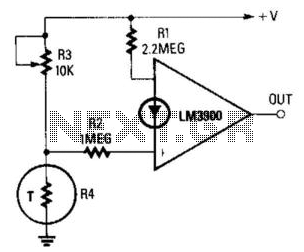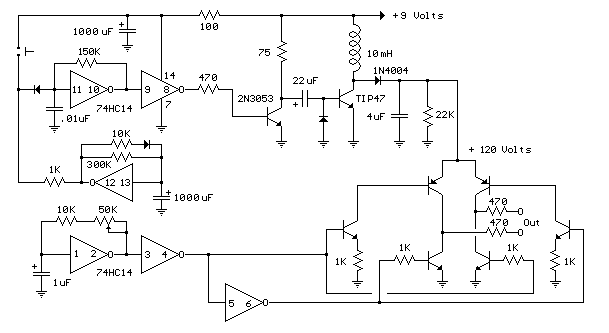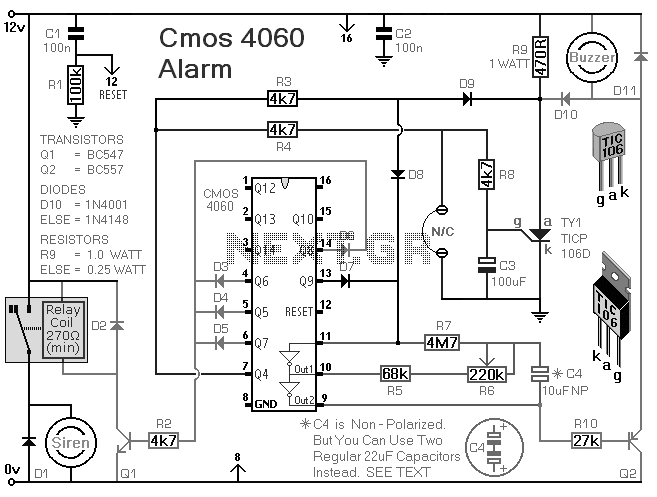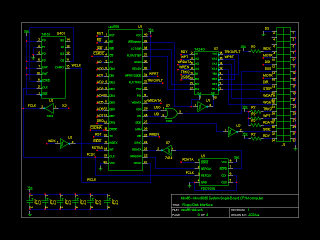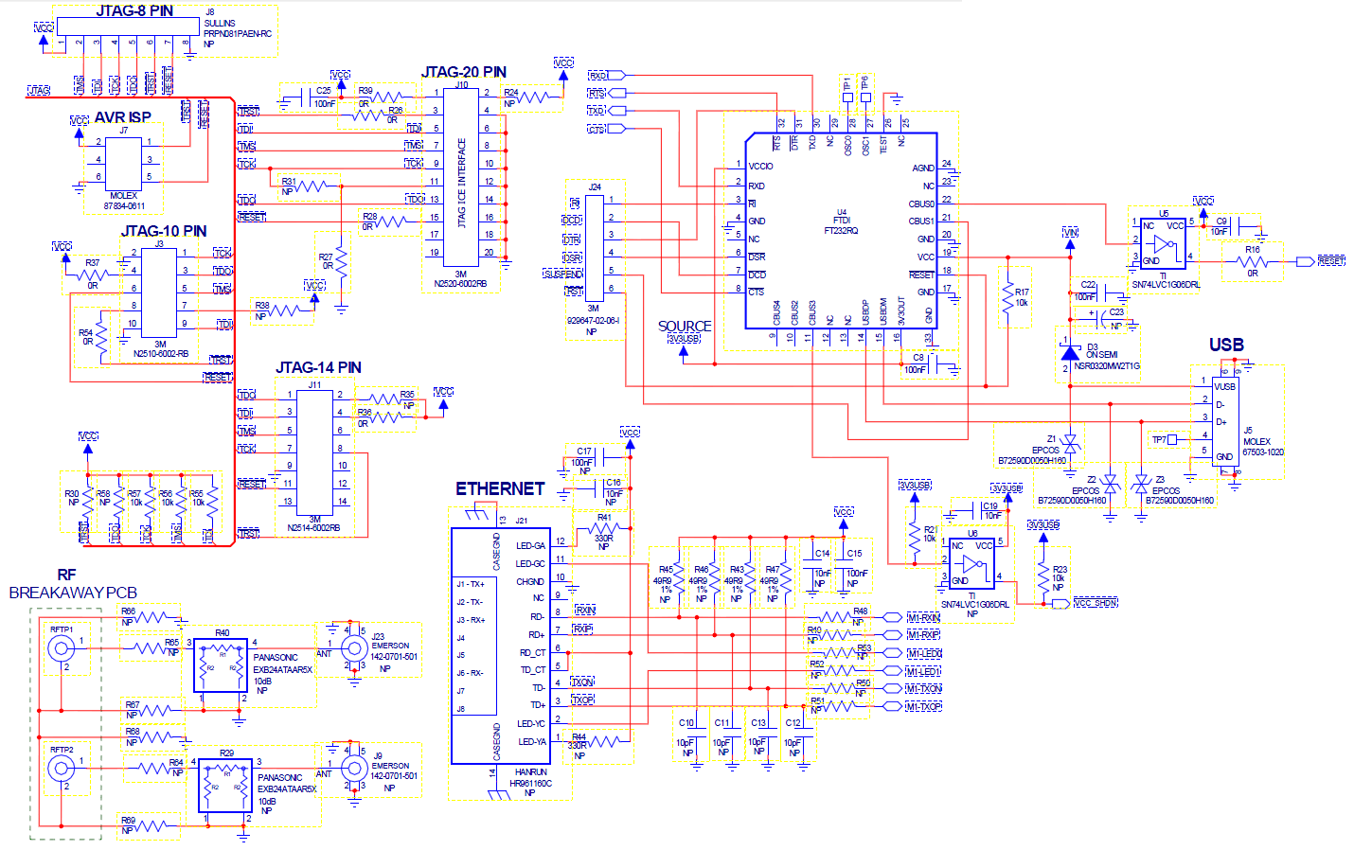
wireless on off switch
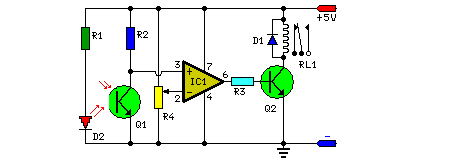
Home appliances are typically controlled using switches, sensors, and similar devices. However, physical interaction with switches can pose risks, particularly in the event of short circuits. The circuit presented here eliminates the need for physical contact to operate the appliance. It operates by detecting the movement of a hand between an infrared LED (D2) and a phototransistor (Q1). The infrared rays emitted by D2 are sensed by the phototransistor, which in turn activates devices such as a hidden lock, flush system, or hand dryer. This circuit is noted for its stability and sensitivity in comparison to other AC appliance control circuits. It is designed to be simple, compact, and cost-effective, with a low current consumption measured in milliamperes. The circuit is constructed around an IC CA3140, along with D2, the phototransistor, and several other discrete components.
The described circuit utilizes an infrared LED (D2) and a phototransistor (Q1) to create a non-contact control mechanism for various home appliances. The infrared LED emits light that is typically invisible to the naked eye, and when a hand or any object interrupts the beam between the LED and the phototransistor, the phototransistor detects this change in light intensity. This detection triggers the activation of the appliance, providing a safe alternative to traditional switches.
The core component of the circuit, the CA3140 operational amplifier, is used to amplify the signal from the phototransistor. This amplification is crucial for ensuring that even minor interruptions in the infrared beam are detected, allowing for sensitive operation of the connected devices. The circuit's design minimizes the risk of electric shock or short circuits, making it particularly suitable for environments where safety is a concern.
Additional discrete components may include resistors and capacitors that help stabilize the circuit's operation and control the timing of the activation. The low current consumption in milliamperes makes this circuit energy-efficient, which is an important consideration for home appliance design.
Overall, this infrared-based control circuit represents a significant advancement in appliance control technology, combining ease of use, safety, and efficiency. Its compact design allows for integration into a variety of devices, enhancing user experience while maintaining a high level of operational reliability.Normally home appliances are controlled by means of switches, sensors, etc. However, physical contact with switches may be dangerous if there is any shorting. The circuit described here requires no physical contact for operating the appliance. You just need to move your hand between the infrared LED (D2) and the phototransistor (Q1). The infrared rays transmitted by D2 is detected by the phototransistor to activate the hidden lock, flush system, hand dryer or else. This circuit is very stable and sensitive compared to other AC appliance control circuits. It is simple, compact and cheap. Current consumption is low in milliamperes. The circuit is built around an IC CA3140, D2, phototransistor and other discrete components.. 🔗 External reference
The described circuit utilizes an infrared LED (D2) and a phototransistor (Q1) to create a non-contact control mechanism for various home appliances. The infrared LED emits light that is typically invisible to the naked eye, and when a hand or any object interrupts the beam between the LED and the phototransistor, the phototransistor detects this change in light intensity. This detection triggers the activation of the appliance, providing a safe alternative to traditional switches.
The core component of the circuit, the CA3140 operational amplifier, is used to amplify the signal from the phototransistor. This amplification is crucial for ensuring that even minor interruptions in the infrared beam are detected, allowing for sensitive operation of the connected devices. The circuit's design minimizes the risk of electric shock or short circuits, making it particularly suitable for environments where safety is a concern.
Additional discrete components may include resistors and capacitors that help stabilize the circuit's operation and control the timing of the activation. The low current consumption in milliamperes makes this circuit energy-efficient, which is an important consideration for home appliance design.
Overall, this infrared-based control circuit represents a significant advancement in appliance control technology, combining ease of use, safety, and efficiency. Its compact design allows for integration into a variety of devices, enhancing user experience while maintaining a high level of operational reliability.Normally home appliances are controlled by means of switches, sensors, etc. However, physical contact with switches may be dangerous if there is any shorting. The circuit described here requires no physical contact for operating the appliance. You just need to move your hand between the infrared LED (D2) and the phototransistor (Q1). The infrared rays transmitted by D2 is detected by the phototransistor to activate the hidden lock, flush system, hand dryer or else. This circuit is very stable and sensitive compared to other AC appliance control circuits. It is simple, compact and cheap. Current consumption is low in milliamperes. The circuit is built around an IC CA3140, D2, phototransistor and other discrete components.. 🔗 External reference
